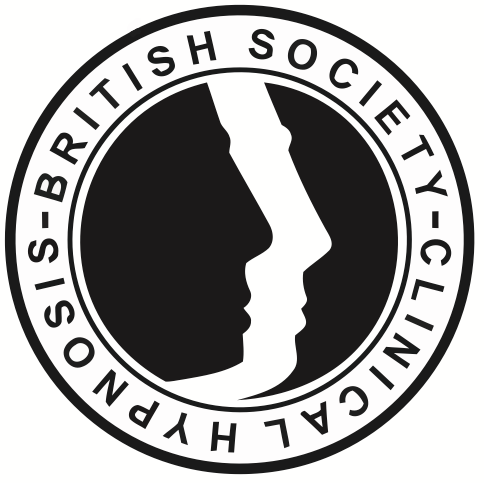Children rarely have the coping skills to calm themselves. Let’s face it, even some adults find it difficult. Here is my top tip; 60 seconds to calm an anxious child.
Something I teach a lot in my clinic is Diaphragmatic Breathing, also known as abdominal or belly breathing. It’s a calming exercise that everyone regardless of age can practice and take themselves from a stressed state to one of calm in a matter of minutes.
This breath stimulates your vagus nerve which in turn releases endorphins, serotonin, oxytocin and dopamine aka our happy, calm chemicals.
So I thought it would be nice to lay down some easy to follow steps for children and parents to practice together to relax and feel grounded, children as young as three can do this.
Belly breathing is our natural breath. When our bodies switch into “fight or flight” mode, we engage in shallow breathing, ready to respond to a threat or danger. On the other hand, belly breathing reduces our heart rate and triggers a relaxation response. It slows us down.
When you take air in through your nose, it travels into your lungs. If you take a shallow breath, only the chest cavity expands, oxygen intake is being limited. Breathing deeply involves more of your body, the diaphragm contracts and both the belly and chest can expand.
60 seconds to calm an anxious child – step-by-step:
1. Start by having your child breathe normally. Ask if they notice anything about it. What parts of the body move as they breathe? What does it feel like?
2. Now have your child lie on their back, relax their muscles and place their hands on their tummy.
3. With their mouth closed, ask them to breathe in for 7 seconds or until they feel both their chest and tummy fill with air – push the tummy out to let even more air in.
4. Do not let them hold their breath, instead when their tummy and chest is filled with air let them blow the air out to the count of 11, like they’re blowing bubbles until all the air has been released.
5. Repeat 5 times (this should take around 60 seconds) until their body becomes relaxed. Ask your child if they notice anything different from before. What does it feel like now?
6. Include belly breathing as a regular part of your child’s routine perhaps at bedtime, before school or anytime when anxiety or stress might surface.
7. With practice, it can become a familiar strategy that your child can use at any age.
Read more about the role of Clinical Hypnotherapy for anxious children here:
https://gailmarrahypnotherapy.com/children-teens/
Relax and Enjoy 🙂








